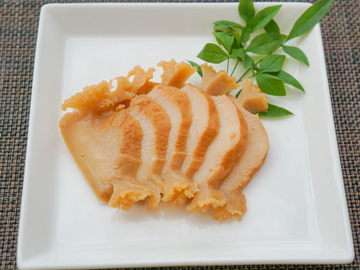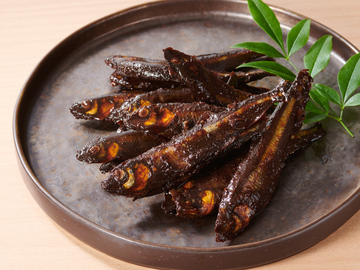Other seafood products

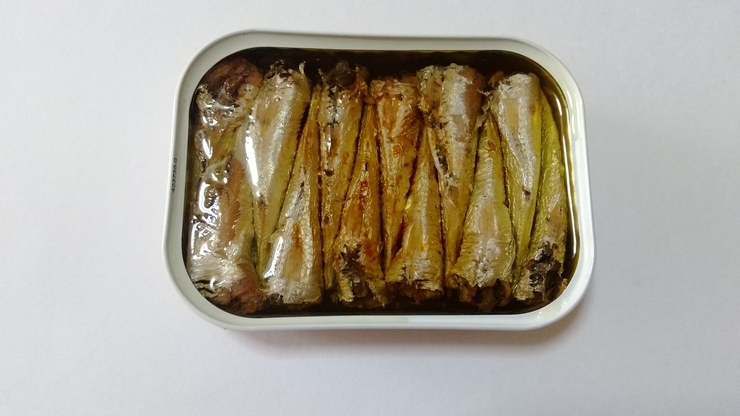
History and culture
In this page, traditional foods that are categorized as marine products but not categorized as Dried foods, Salted foods, Seasoned preserved foods, Fishcakes, Smoked foods, Fishery Fermented foods, Katsuobushi and similar products, or Seaweed products are selected as [Others/processed marine products] and outlined.
Processed products that are not classified into any of the above categories include fishes boiled in water and oiled fishes. Both of these can be cooked at home, but are available on the market as preserved foods in cans or vacuum packages. Typical canned foods include oiled tuna or bonito and mackerel boiled in water.
The principle of canning was invented in France in the 19th century. The method of bottling foods and heating for sterilization to preserve them over a long period was developed by Nicolas Appert. Subsequently, the method of using cans, which are lighter and less susceptible to breakage than bottles, which easily break, was invented in England.
It is said that canning was introduced to Japan in the early Meiji era, and the first canned food made in Japan was oiled sardine. Subsequently, beef cooked in soy sauce and other canned foods were used as military rations. After the Great Kanto earthquake in 1923, when canned foods were used as relief supplies, canned foods spread among ordinary people. Today, blue-skinned fishes such as mackerel and sardine and other kinds of fish are boiled in water or oiled and sold. These are eaten as side dishes on their own as well as used as ingredients of various dieses.
There are also a variety of processed products that make good use of fishes caught in different regions. Some of these use the guts or bones of fish, which reflects the Japanese wisdom of making good use of valuable foodstuffs.
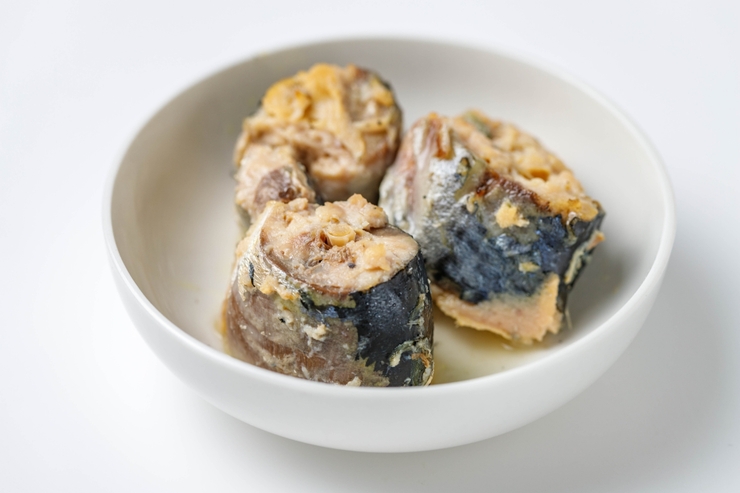
Characteristics and types
[Fishes boiled in water]
Fishes boiled in water refer to unflavored fishes boiled in water or weak salt water. Generally, that is a method for pretreating foodstuffs, and various foodstuffs, such as beans, fishery products, and vegetables, boiled in water are available in cans or vacuum packages. Adding salt is intended to remove the harshness or smells from foodstuffs or preserve them longer rather than to flavor them. Among fishery products boiled in water, mackerel and sardine boiled in water are common, and are mainly available in cans. Especially, by boiling blue-skinned fishes in water, smells specific to them can be reduced.
[Fishes in oil]
Fishes in oil are fishes steamed, boiled, or cooked in other ways, and then soaked in oil, which may be olive oil, cotton seed oil, or other kinds of vegetable oil that are hardly oxidized. Fishes in oil are mainly available in cans. Popular fishes in oil include oiled sardine and canned tuna and bonito. Oiled anchovy, which can be used as a secret ingredient, is a processed product made by fermenting salted anchovies and then soaking them in olive oil or another kind of oil. It is made by various processing methods and is available in various forms such as fillets, rolls, and paste.
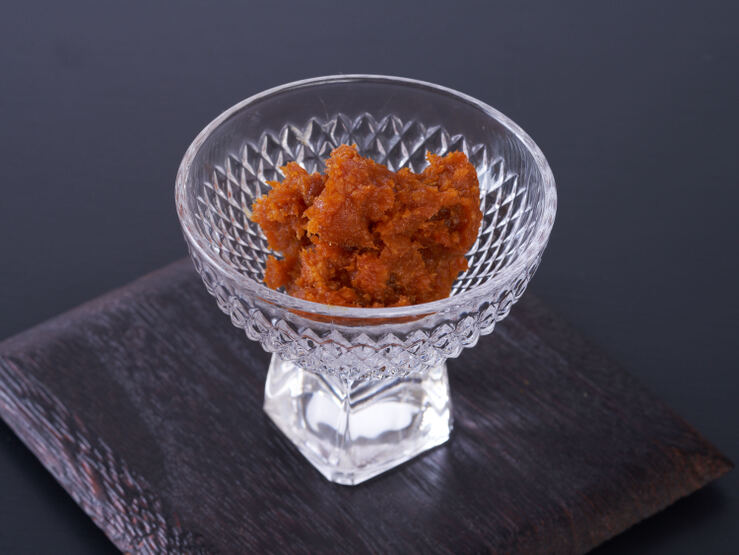
[Other processed marine products]
In various regions of Japan, various processed marine products that use different parts of fish are produced. For example, angler livers are processed into "ankimo", which is also called "foie gras from the sea", crab's midgut diverticula, which are a part that functions as the liver and pancreas, are processed into "kanimiso", sea urchin eggs are processed into a paste called "neriuni", and eel bones, which were previously discarded, are fried in oil. Eel bones are known as a local specialty of Shizuoka Prefecture, an eel production area.
Production methods
Products in this category are all produced by simple processes such as boiling with no flavor, soaking in oil, or using foodstuffs in the original form. After these processes, the foodstuffs are canned, bottled, put in a vacuum package, or packaged in a form for long-term storage, and then put on the market.
Relationship with regions
Fishes boiled in water and fishes in oil are commonly canned and distributed across the country. Fishes caught in fishing ports around the country are processed while they are still fresh, packaged by manufacturers' own methods, and sold. A variety of processed products that take advantage of the wisdom and ideas of different regions are developed, and help to boost the development of the regions.
Contribution to sustainability and SDGs
As part of certification programs for marine products, global efforts are being made to allow marine products caught and processed by methods that consider the sustainability of ecosystems and resources to carry an eco label so that they can be distinguished from others and chosen by consumers. Leading processed marine product manufacturers in Japan make active use of marine products certified by the Marine Stewardship Council (MSC), which is a typical certification program, the Aquaculture Stewardship Council (ASC), which is a certification program for environment-friendly, responsible cultivation, or other programs and sell canned foods and frozen foods using such marine products. Awareness of these efforts will be further raised in the future.
(Goal 12: Responsible Consumption and Production, Goal 14: Life Below Water)

